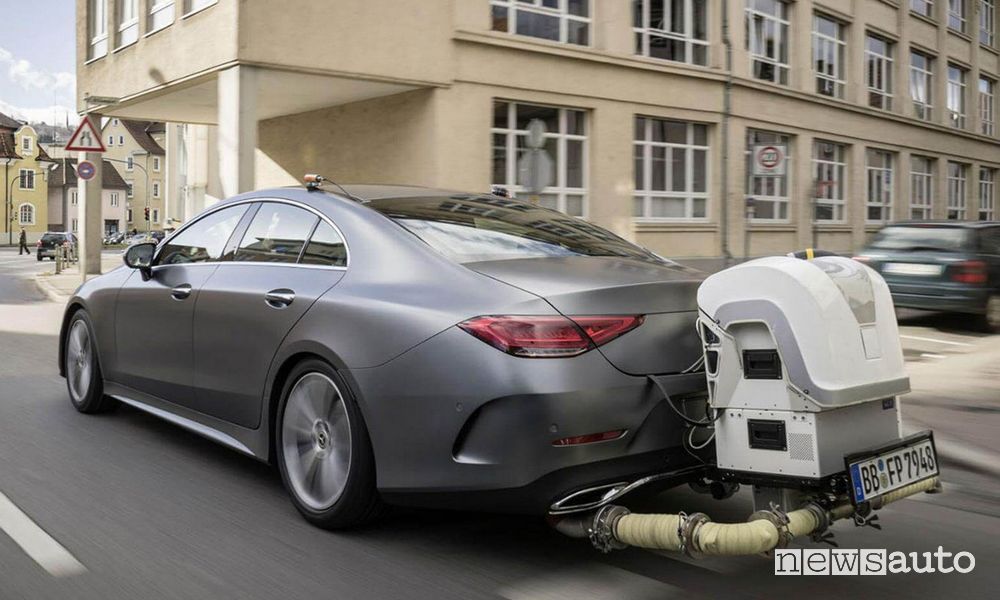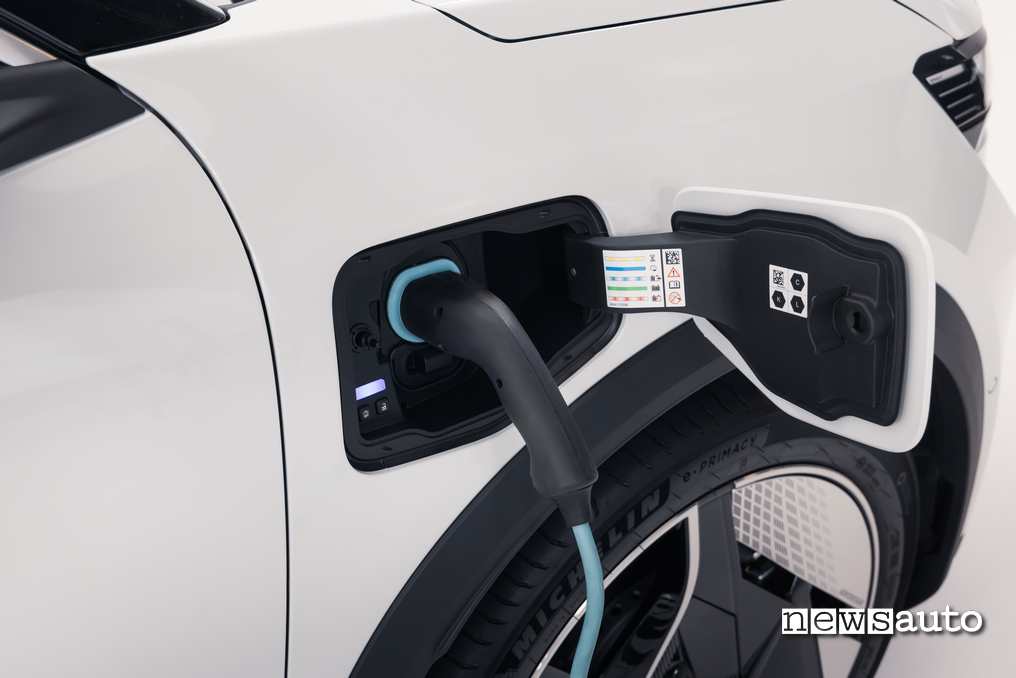On April 12, 2024, the Council of the European Union has definitively approved the regulation Euro 7, a regulatory proposal presented in 2022 by the EU Commission. This legislation aims to reduce polluting and climate-altering emissions from vehicles sold in the European Union, both at the time of I unload that during the braking. Furthermore, minimum requirements have been introduced on the duration of batteries for electric and plug-in hybrid cars. After approval by the Member States and the European Parliament, the text will have to follow a series of formal steps before becoming operational, including the signatures of the presidents of the two European institutions, the publication in the Official Journal of the Union and the entry into force after 20 days.
What does the new agreement provide for Euro 7?
For cars and vans, negotiators agreed to maintain current Euro 6 test conditions and exhaust gas emission limits. At the request of Parliament, the number of exhaust particles will be measured at the level of PN10 (rather than PN23, thus including smaller particles).

For buses and trucks, the agreed text includes stricter limits for exhaust emissions measured in laboratories (e.g. NOx limit of 200 mg/kWh) and in real driving conditions (NOx limit of 260 mg/kWh), while maintaining the current conditions Euro VI test.
Euro 7 emissions for cars and vans
The agreement establishes particle emission limits from brakes (PM10) for cars and vans (3 mg/km for fully electric vehicles; 7 mg/km for most internal combustion engine (ICE), hybrid and fuel cell vehicles e 11 mg/km for large internal combustion engine vans).
It also introduces minimum requirements performance for battery life in electric and hybrid cars (80% from the beginning of life to five years or 100,000 km and 72% up to eight years or 160,000 km) and in vans (75% from the beginning of life to five years or 100,000 km and 67% up to eight years or 160,000 km).
Euro 7 Environmental Vehicle Passport
The text on Euro 7 provides for a Environmental Vehicle Passportavailable for each vehicle and containing information about its environmental performance at the time of registration (such as pollutant emission limits, CO2 emissions, fuel and electricity consumption, electric range, battery life).

Vehicle users will also have access to updated information on fuel consumption, battery status, polluting emissions and other relevant information generated by on-board systems and monitoring. Furthermore, car manufacturers will have to design their vehicles to prevent manipulation of emission control systems through the digitalisation of car monitoring.
When Euro 7 comes into force
After approval by the Member States and the European Parliament, the text will have to follow a series of formal steps before becoming operational, including the signatures of the presidents of the two European institutions, the publication in the Official Journal of the Union and the entry into force after 20 days. After this step the new rules will come into force after 30 months for cars and vans, and after 48 months for buses, trucks and trailers. For vehicles built by small-volume manufacturers nichethe provisions will apply from 1 July 2030 for cars and vans, e from 1 July 2031 for buses and trucks.
Read also:
→ Euro 7 standard, EU rules
→ Stop selling thermal cars from 2035
→ The dates of the end of the internal combustion engine
→ What do you think? Drop by discussions on the FORUM!
The article Euro 7, emissions regulation approved comes from newsauto.it.
#Euro #emissions #regulation #approved